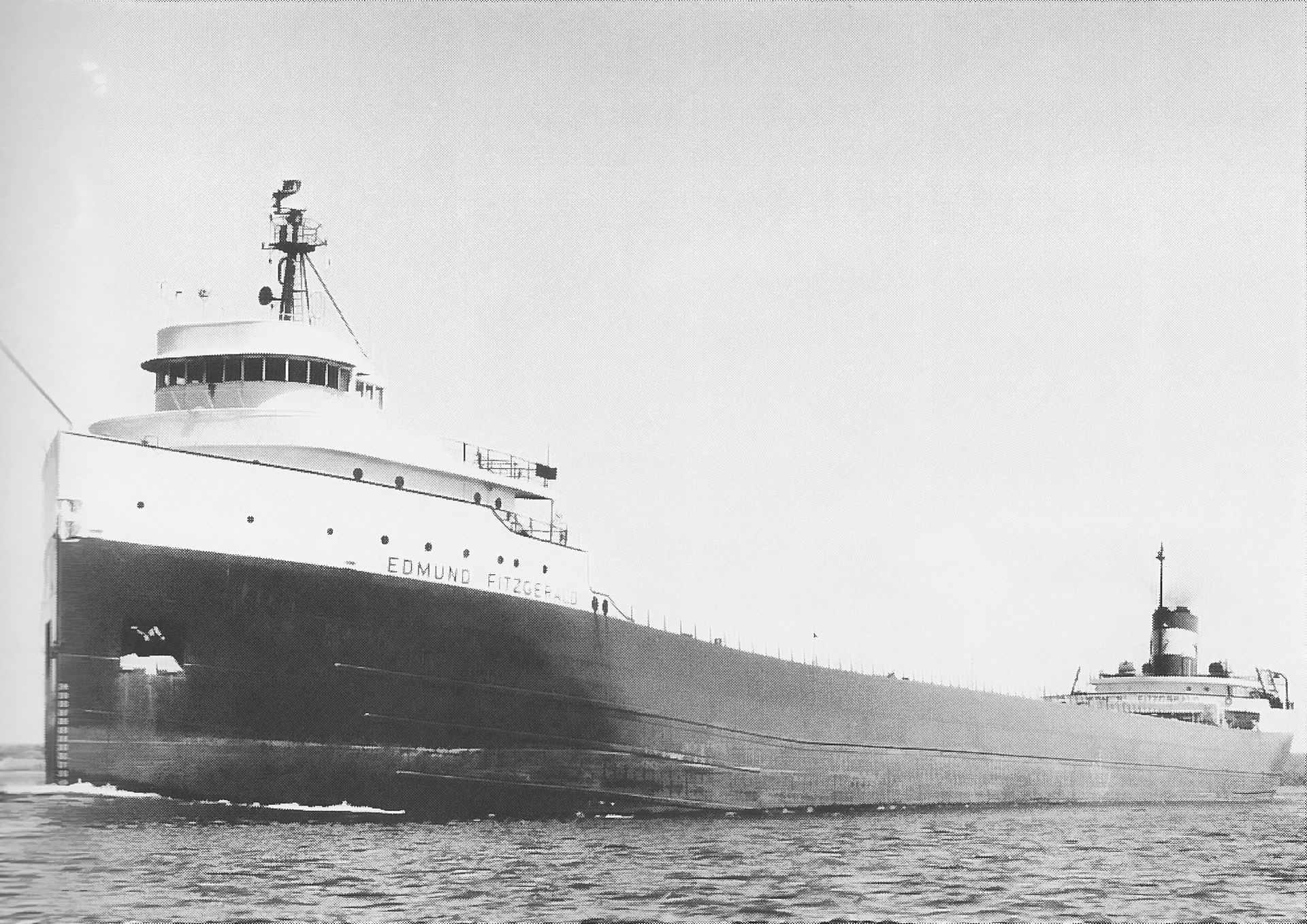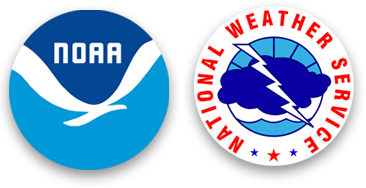Tragedy on Lake Superior: The Wreckage of the Edmund Fitzgerald - National Weather Service Heritage

Tragedy on Lake Superior: The Wreckage of the Edmund Fitzgerald
By Emily Senesac (emily.senesac@noaa.gov)Editor’s Note: The information in the following story first appeared here: https://www.weather.gov/mqt/Edmund_Fitzgerald.
On the evening of November 9, 1975, the Edmund Fitzgerald departed from Superior, Wisconsin carrying 26,116 long tons of iron ore on board. With the intention of reaching Detroit, the enormous vessel began its familiar course across Lake Superior. It would never reach its destination.
The month of November is known for its powerful storms, especially acrossew the Great Lakes region. On November 10, a strong autumn storm tracked from the central United States through the Great Lakes area. Ship observations on Lake Superior during the storm recorded wind speeds reaching 50 knots and wave heights of almost 20 feet, challenging conditions for even the largest of ships. The crew members of the Edmund Fitzgerald never issued a call for help, leading many to believe that the onset of the storm was sudden and unexpected. Days after this intense storm, the Edmund Fitzgerald was discovered just north of Whitefish Point in southeast Lake Superior, seemingly split in half under hundreds of feet of water. All 29 crew members were lost in what was, at the time, the worst maritime disaster on the Great Lakes in almost a decade. To this day, the Edmund Fitzgerald remains the largest ship to ever go down in the Lakes.
To view a comprehensive story map of this tragic event, visit this webpage created by the weather forecast office in Marquette, Michigan.
In 1975, the methods of maritime weather observation were in definite need of improvement. Only ship and shore reports were available to mariners, both accessible via VHF voice radio.
Crew members at the time would tune into the Coast Guard to hear up-to-date information, and would then plot the observations on a map. However, as seen with the Edmund Fitzgerald, sudden, intense storms require a different approach. By 1979, as a direct response to the wreckage of the Edmund Fitzgerald, eight data buoys were dispersed into the water across the Great Lakes. These buoys could measure wind speed and direction, as well as wave height. The eventual expansion of this technology to coastal regions across the country, as well as the addition of similar equipment to lighthouses, forms the Coastal Marine Automated Network (CMAN). This meteorological observation network is able to measure air temperature, surface pressure, and wind direction/speed to aid ships and crew members in navigating difficult, dangerous storms.
Although the wreckage of the Edmund Fitzgerald was an undeniable tragedy, the improvements in technology and observational methods that occurred as a result have had a lasting impact on maritime weather safety.
Additional Reading:
To a large extent, the National Weather Service was founded in 1870 to protect mariners on the Great Lakes. Read more:
-Post-Civil War Demand for a "National Weather Service Increases
-Congressman Halpert Paine Champions New Service
-The First Storm Warning
-The First Synchronized Weather Observations
